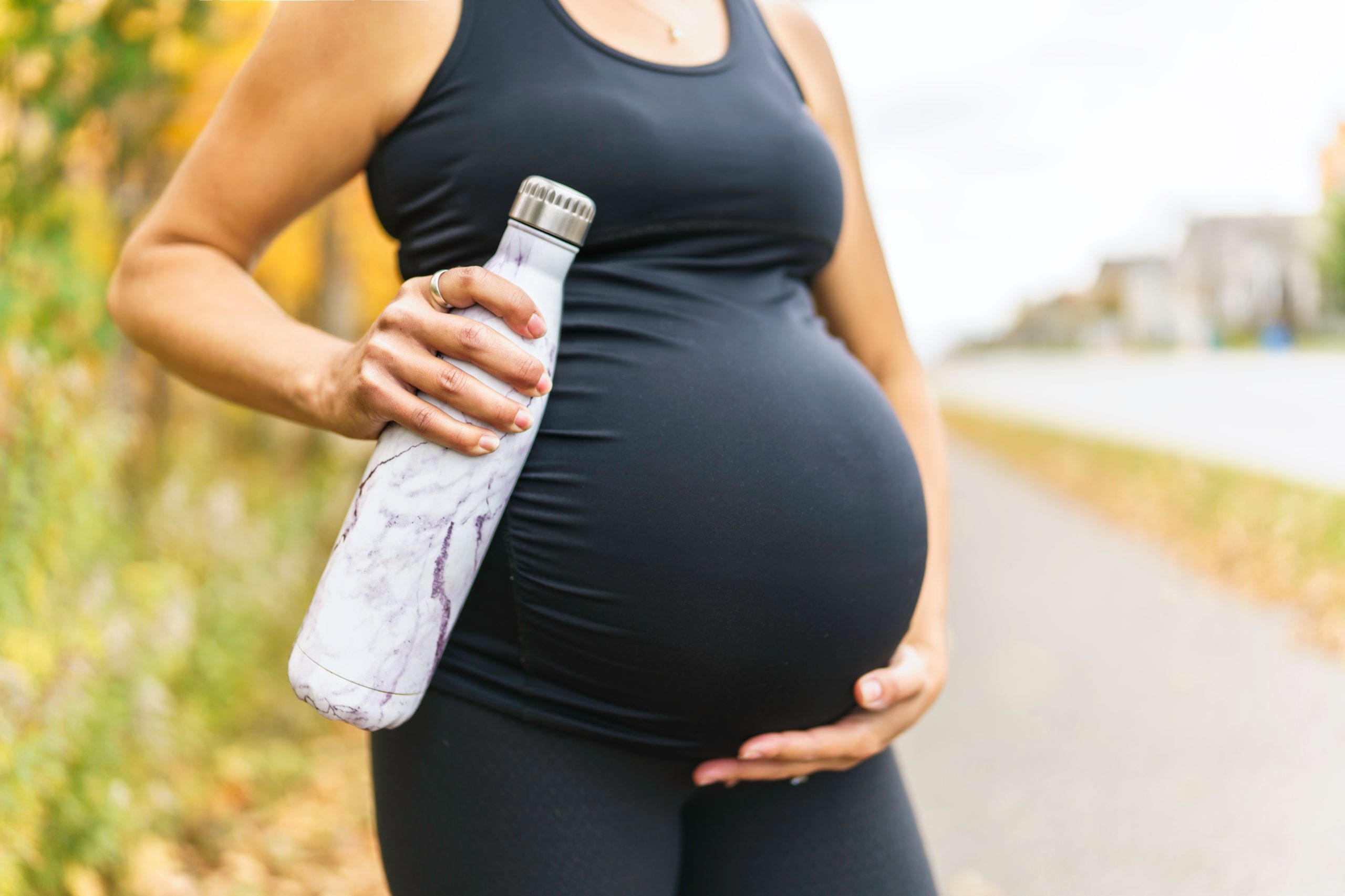The Society for Women’s Health Research spoke with Nicole Danos, PhD, MS, Assistant Professor at the University of San Diego, about her research. The following blog post captures takeaways from the conversation.
As an integrative biologist, Nicole Danos, PhD, MS, takes the approach that “an organism doesn’t function in isolation from its environment or its evolutionary history, and none of its systems work in isolation from each other.” Dr. Danos, an assistant professor at the University of San Diego, is also a broadly trained vertebrate comparative anatomist. This specialty, as she describes it, is how anatomy functions within the laws of physics. Through this lens, she studies how animals move and how their bodies may allow or limit various movements.
Dr. Danos became particularly interested in this work during her postdoctoral training, which took place in a lab where she and her team were studying how the aging process affects animals’ tendons and muscles, including how it impacts movement and the metabolic cost of movement during the aging process. The team’s research showed that, during aging, tendons become very stiff, limiting their range of motion and how much elastic energy they can use when running, resulting in a greater metabolic cost.
Given her background, when Dr. Danos became pregnant with her first child and was being told by her peers how pregnancy would loosen her tissues and cause her feet to swell due to ligaments and tendons getting bigger, her research instincts took over and she decided to see what evidence was available. She discovered a scarcity of research data on muscle and tendon structure and function changes during pregnancy. She also realized the advice often provided to pregnant women about exercise during pregnancy was generic – typically focusing primarily on benefits to the baby. While that is essential, Dr. Danos noted that advice currently does not consider exercise’s impact on the mother.
“As a scientist, it was very shocking, not only because (it was the year 2016 then) I thought these basic biological questions would have been answered, but also because I was going to regular check-ups with my OB/GYN, getting advice about what I should and shouldn’t do…and that advice wasn’t grounded in basic science concerning maternal health.”
Seeing a research gap, Dr. Danos began conducting research on how pregnancy and lactation affect muscles and tendons. Tapping into her integrative biology background, Dr. Danos said her research had multiple levels of complexity—studying the tendons in isolation, the muscles in isolation, and the whole organism and how it moves during pregnancy, as well as at the end of lactation.
Her research revealed that pregnancy’s effect on connective tissues, such as tendons and ligaments, is not “one size fits all – neither for women, nor for different tissues.” The Achilles tendon, for example, showed a large variation in stiffness, both in non-pregnant female rats and in pregnant female rats, signaling that advice should be individualized from person to person. Most surprising, though, said Dr. Danos, was that the lactation period continued to show significantly lower tendon stiffness than the male group, which was the control group, but that all the variation disappeared by the end of the lactation period. Those effects, especially those on the tendons, explained Dr. Danos, were previously thought to be associated with the hormone relaxin, which relaxes certain ligaments in the body in preparation for pregnancy.
This research presents an opportunity for health care providers to tailor advice—namely on the return to exercise—for women, given the vast variations in pregnancy and lactation’s effects on muscles and tendons. As Dr. Danos observed, “Just because something worked for one woman doesn’t mean it will work for another.”
Dr. Danos also shared how this research could have a profound impact for female athletes. She referenced that one of her background sources was a review by scientists at the International Olympic Committee that was created to provide guidance to Olympic athletes on returning to their sport after giving birth and on training during pregnancy. According to Dr. Danos, the advice in the report was based on the health of the baby and included very little about the mother, and there “was hardly anything on muscles and tendons, which for athletes is critical—but there’s no background on it.”
“We talk about equity between men and women’s sports. We cannot deny motherhood as part of the female experience for a lot of these athletes and just pretend that it’s not happening. We need to demand more research in female biology during motherhood if we’re truly committed to this equity in sports.”
Thinking ahead, Dr. Danos said she would like to grow awareness on and interest in this topic, not only from scientists, but also from engineers, who could help consider the differences in anatomy that happen beyond the belly during pregnancy and lactation. This type of research could align with the revolution happening in FemTech, noted Dr. Danos, which encompasses technology products that specifically support and advance women’s health. She also shared that her research has sparked future research questions, including whether these effects on muscles and tendons change for women who have more than one child and whether the effects are the same throughout the legs and other connective tissues.
While this work on its own can help to fill a gap in women’s health research, Dr. Danos said the greatest takeaway is the need to demand more science be done on the female body and on female physiology.
